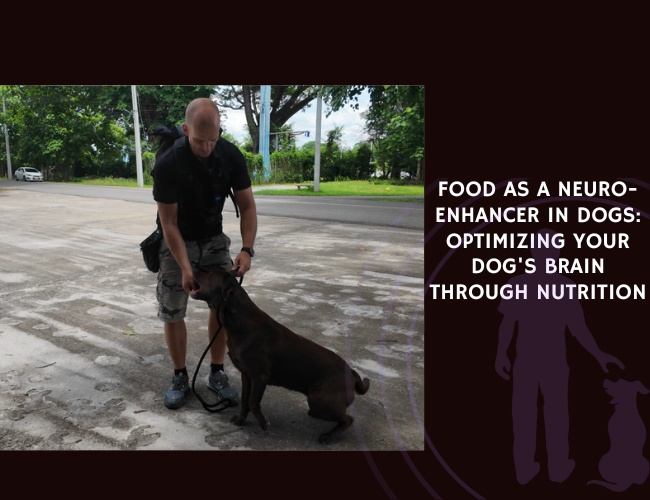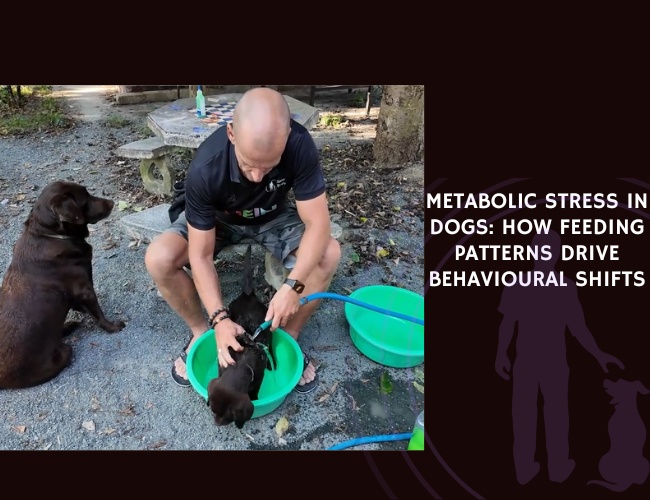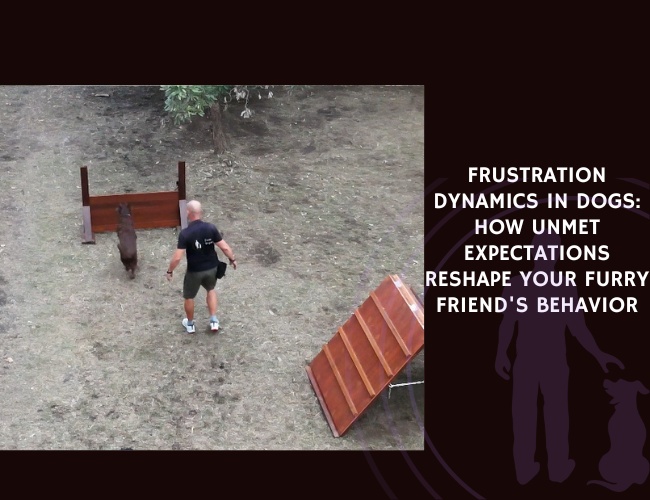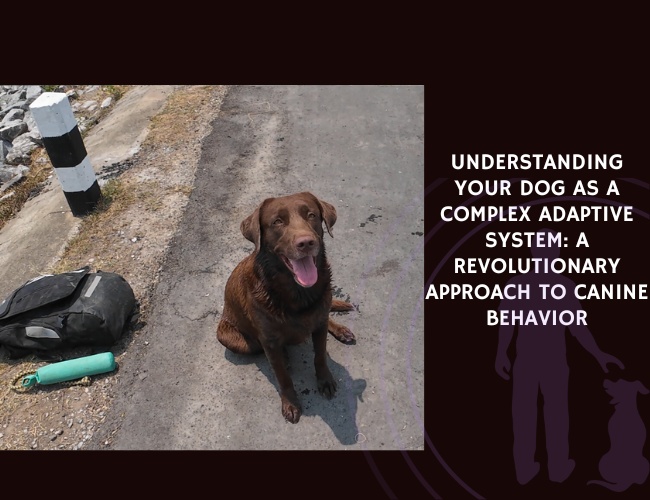Published in Animals on May 27, 2022, this research by **A. D. Carroll and colleagues** surveyed 1,176 dog owners from **Canada and the United States** to assess how they feel about 13 common veterinary handling techniques across different canine behavioral states: calm, fearful, and aggressive.
The findings were clear: **owners generally opposed high-restraint methods**—such as full-body holds, muzzle grips, and the use of dog masks—and instead supported **gentle, minimal restraint techniques**, regardless of the dog’s emotional state. This preference aligns with current low-stress veterinary care protocols, which aim to reduce fear and improve the welfare of both dogs and their owners during clinical visits.
Interestingly, **demographic factors and veterinary experience influenced opinions**. Owners with prior veterinary work were more accepting of stronger restraint methods for fearful dogs. In contrast, owners with higher emotional attachment to their dogs, particularly small-dog owners, were more likely to favor minimal restraint in stressful scenarios.
The study underscores the importance of incorporating owner preferences into veterinary handling protocols. Doing so not only enhances **owner satisfaction and compliance** but may also improve visit outcomes by reducing stress-related behavior in dogs.
The authors recommend that veterinarians continue to adopt and refine **low-stress handling approaches**, considering client perspectives as part of a collaborative care model that promotes both canine welfare and long-term trust in veterinary services.
Source: Carroll, A. D., Cisneros, A., Porter, H., Moody, C., & Stellato, A. (2022). Dog Owner Perceptions of Veterinary Handling Techniques. Animals, 12. https://doi.org/10.3390/ani12091098










